King cobras are large venomous snakes native to India and Southeast Asia. Like many other cobra species, they are well known and easily identified by the flattened skin on either sides of their heads. When threatened, cobras spread this skin to appear more intimidating. These venomous reptiles are both dangerous and misunderstood. Read on to learn about the king cobra.
Description of the King Cobra
Adults and juveniles have different color patterns. Adults are more drab colored, and range from deep olive to light brown. They have black, white, or yellow bands and cross bands over their base color. Juvenile snakes are more drastically colored. They have shiny black scales lined with bright yellow bands. Both adults and juveniles have light colored undersides. Their large heads are equipped with hollow fangs used for injecting venom.
Interesting Facts About the King Cobra
These well-known snakes are more than simple killing machines. Learning more about dangerous species can help us come to respect different animals. Here are some things you may not know about king cobras.
- Record Holder – These snakes are a record holder, but not for most dangerous snake! Instead, they are the largest venomous snake species in the world (in terms of length). The longest individual ever recorded was an impressive 19.2 feet long!
- Big Man – For the most part, males of this species are larger than females. This is called sexual dimorphism. This is unique because it is highly unusual for male snakes to be larger than female snakes. In most species, the opposite is true!
- Ophiophagy – King cobras are ophiophagous, this means that their primary diet is snakes. They will even eat other venomous snakes! When food is scarce they are also known to prey on small mammals, lizards, birds, and more.
- What’s in a Name? – This species’ taxonomical genus name is Ophiophagus, which is a Greek word meaning “snake-eater.” This differentiates them from the other cobra species, which are in the Naja
Habitat of the King Cobra
These reptiles are able to survive in a number of different habitats, but do suffer from deforestation. They can be found on coastlines, in mangrove forests, the Himalayan foothills, and dense highland forests. They are more successful in areas with water sources, like lakes or streams, because prey species are more prevalent.
Distribution of the King Cobra
King cobras are found across India, southeast Asia, and some areas of East Asia. In Asia, populations can be found in China, Bangladesh, Vietnam, Bhutan, Thailand, Burma, Singapore, Cambodia, the Philippines, Indonesia, Nepal, Laos, and Malaysia. In India they have been recorded in Goa, Karnataka, Tamil, Uttrakhand, Kerala, Nadu, Odisha, Bihar, West Bengal, and the Andaman Islands.
Diet of the King Cobra
These predators are ophiophagous, which means that they eat other species of snakes, including other venomous snakes. Some of their most common prey includes rat snakes, pythons, other cobras, kraits, and pit vipers. When food is scarce they will feed on rodents, small mammals, reptiles, birds, and more. They hunt by following the odor trail of their prey. A good-sized meal can sustain a snake for moths at a time, as they have incredibly slow metabolic rates.
King Cobra and Human Interaction
Humans fear king cobras, for obvious reasons! Their venom can be deadly, and as with any other venomous snake, bites should be treated immediately by medical professionals for the best chance at survival. That being said, these snakes are highly misunderstood. King cobras are not aggressive animals. In fact, they are much more likely to attempt escape when confronted by another animal, and only become aggressive when continually agitated or cornered.
The vast majority of snakebites are actually inflicted on snake handlers, rather than civilians accidentally bitten. If you ever cross paths with a king cobra, the recommended behavior is to slowly drop a hat or shirt on the ground while slowly backing away from the snake.
Domestication
Despite the long-time tradition of snake charming, king cobras are not domesticated in any way.
Does the King Cobra Make a Good Pet
In most places owning a king cobra as a pet is illegal. They are highly dangerous animals, and can potentially kill you with a single bite. The pet trade is also causing population decline in wild cobras.
King Cobra Care
In zoos, these snakes are provided with a stable temperature, humidity, and light source. They are incredibly long snakes, and thus require larger enclosures than the average reptile might require. In a zoological setting it is extremely impractical to feed a diet of other snakes. Instead, these predators are sustained on a diet of thawed rats, mice, and chicks.
Behavior of the King Cobra
These snakes are solitary creatures, and only interact to mate. While they do not remain with their mates during the rest of the year, they will occasionally breed with the same individual the following year. They are primarily active during the day, making them diurnal. Unlike other snakes, king cobras are also sometimes active during the night, but this occurs infrequently.
Reproduction of the King Cobra
After mating, female cobras develop their eggs for 50-59 days. She will build a nest of leaves and other debris and guard her eggs aggressively. This behavior is very unusual among snakes. She will lay anywhere from 12 to 51 eggs in her nest, and will guard them until they hatch 51 to 79 days later. The young, called “hatchlings,” are capable of hunting and injecting venom from the moment they hatch.
Beliefs, Superstitions, and Phobias About the King Cobra
Many different cultures include cobras in their rituals and folklore, and king cobras in particular are prevalent in a number of different instances. In Myanmar, snake charmers perform a ritual with king cobras that involve kissing the top of the cobra’s head. Members of another clan, the Pakokku of Burma, mix tattoo ink with snake venom to inoculate themselves against snake bites. There is, however, no scientific evidence that this practice actually works.

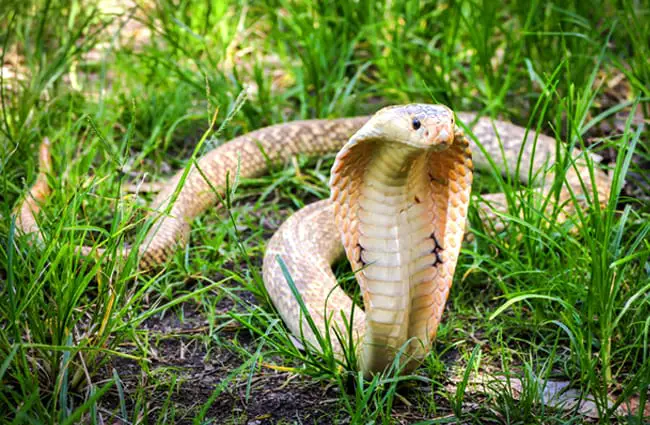
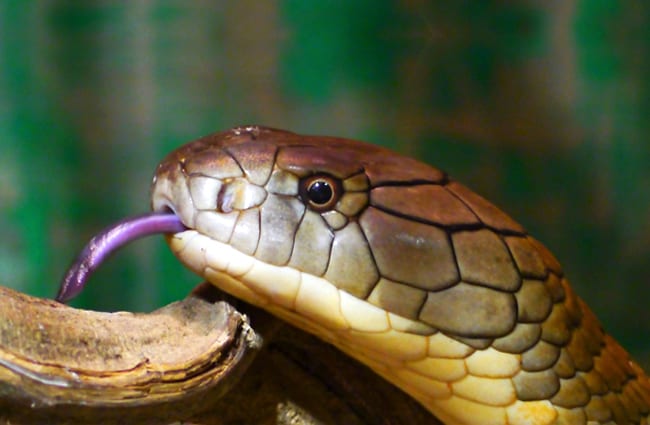
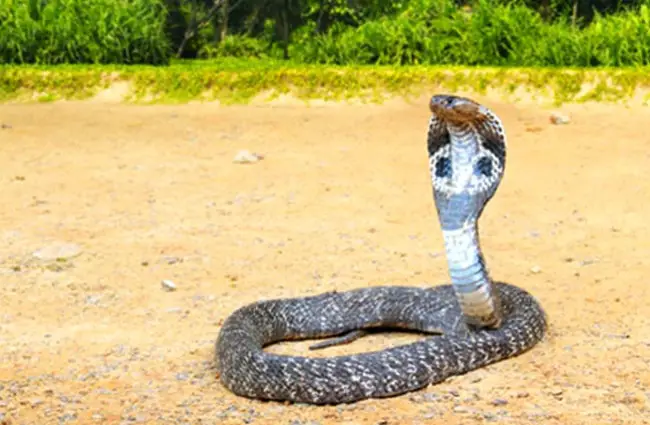

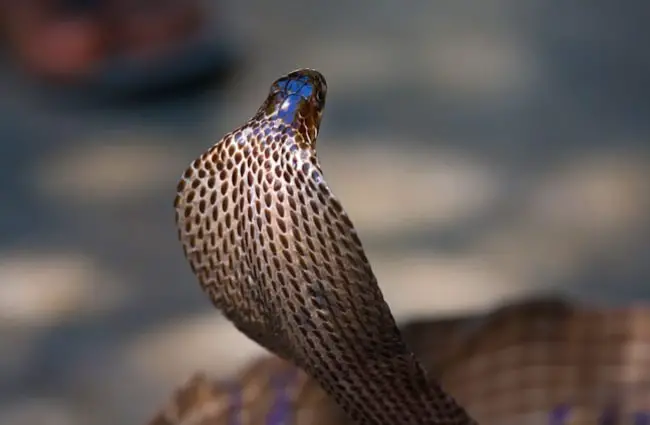
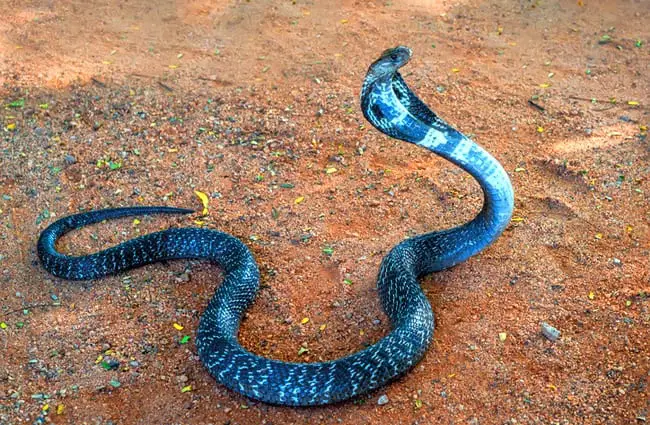


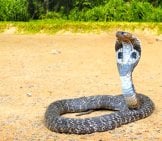
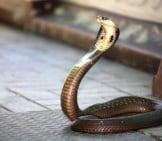

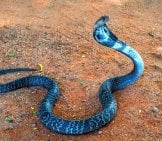
![Red Angus Closeup of a beautiful Red Angus cowPhoto by: U.S. Department of Agriculture [pubic domain]https://creativecommons.org/licenses/by/2.0/](https://animals.net/wp-content/uploads/2020/03/Red-Angus-4-238x178.jpg)












![Red Angus Closeup of a beautiful Red Angus cowPhoto by: U.S. Department of Agriculture [pubic domain]https://creativecommons.org/licenses/by/2.0/](https://animals.net/wp-content/uploads/2020/03/Red-Angus-4-100x75.jpg)

